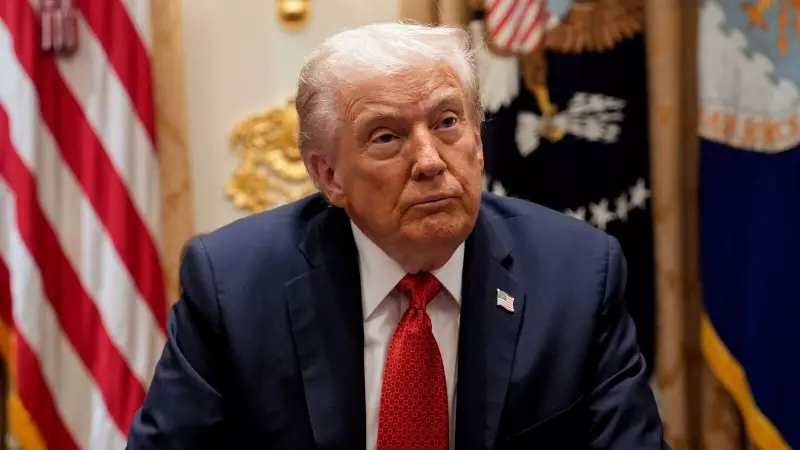
In a stunning development that's raising eyebrows across political circles, former President Donald Trump's proposed $300 million renovation of the White House ballroom is being bankrolled entirely by private donors, with significant contributions coming from technology industry titans.
The Grand Ballroom Transformation
The ambitious project aims to completely overhaul the historic White House ballroom, transforming it into what insiders describe as "the most luxurious political entertainment space in the world." The renovation plans include state-of-the-art audio-visual systems, custom crystal chandeliers, and premium materials sourced from around the globe.
Private Funding Model Raises Questions
What makes this renovation particularly noteworthy is its funding mechanism. Unlike traditional government-funded White House projects, this massive undertaking is being financed through private contributions from wealthy individuals and corporate entities.
Key aspects of the funding arrangement include:
- Complete private financing of the $300 million project
- Substantial contributions from technology industry leaders
- No direct taxpayer funding for the initial construction
- Ongoing maintenance costs to be covered by future administrations
Tech Industry's Growing Political Influence
The involvement of technology giants in funding White House infrastructure marks a significant shift in how political projects are financed. Industry analysts suggest this represents the increasing political clout of tech billionaires and their desire to maintain access to the highest levels of government.
Ethical Considerations and Transparency
Government ethics experts have expressed concerns about the arrangement, questioning whether private funding of official government facilities creates potential conflicts of interest. The lack of complete transparency about donor identities has further fueled speculation about the motivations behind these substantial contributions.
The White House has defended the arrangement, stating that private funding saves taxpayers money while ensuring the preservation and enhancement of national historic landmarks. However, critics argue that this sets a concerning precedent for the commercialization of government property.
As the renovation moves forward, all eyes will be on how this unique funding model might influence future government projects and the ongoing relationship between private wealth and public office.





